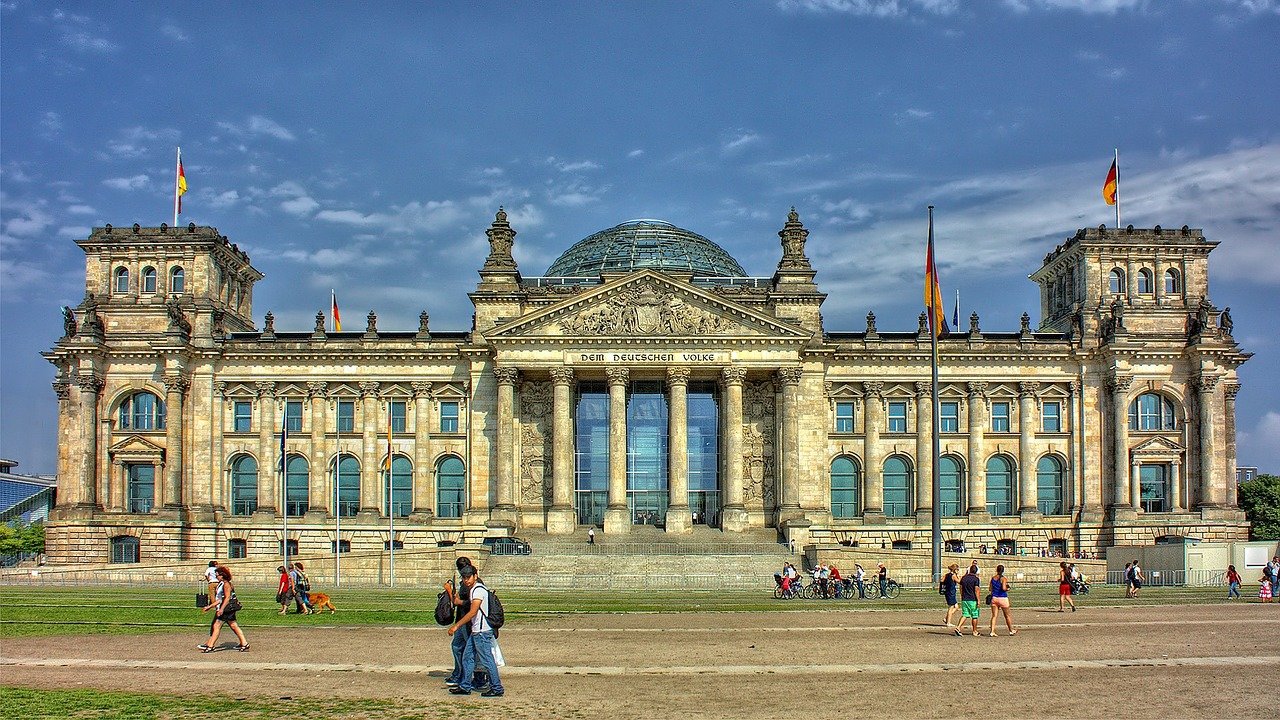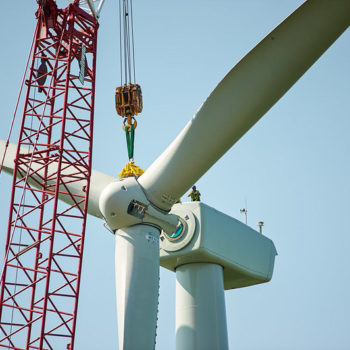The German government has found the right premises for its hydrogen strategy by recognising that only green hydrogen supply, made from renewable energies, is sustainable. But there are also shortcomings.
Germany’s hydrogen strategy, published on 10 June, makes a sound assessment of the role hydrogen can play in our energy system. However, to succeed, it must be accompanied by more concrete action across the energy system.
The EU’s Hydrogen Strategy, due later this month, has an opportunity to go beyond what Germany has presented by connecting its measures to system-wide adjustments through the Energy System Integration Strategy.
The German government has found the right premises for its hydrogen strategy: first, it recognises that only green hydrogen supply, made from renewable energies, is sustainable. That is an important strategic decision, as all hydrogen made from fossil gas comes with significant emissions and is therefore not climate neutral. On the demand side, the strategy makes clear hydrogen should only be used in those sectors that cannot be decarbonised using other, more efficient technologies such as direct use of electricity, an important prioritisation.
The strategy also includes many useful measures to deliver the targets that can be derived from these premises, such as the aim of building 5 GW of green hydrogen production capacity by 2030. It also includes potentially transformative measures for the industrial sector, including a pilot scheme for contracts for difference (CfD) and a quota for green raw materials.
Germany’s plans to lead in the establishment of a global market for green hydrogen, with €2bn of funding available, further underline the country’s ambition to lead the world on the path towards green hydrogen.
But these good premises will only enable sustainable change if some key shortcomings are addressed.
For example, despite the recognition that hydrogen should only be used as a measure of last resort, the strategy explicitly rules in the possibility of using it for cars and for residential heating, two sectors where direct electrification would be more efficient. This decreases the planning security for companies and consumers and thus the value of the strategy.
The best example is the effect on the future gas grid: if hydrogen is to be an option for decentralised heating in the future, a gas grid capable of transporting hydrogen to a large number of households will be needed, requiring significant investments. However, as the efficiency of electric heat pumps by far surpasses that of hydrogen in heating, and as hydrogen is an overall scarce resource, leaving this option open can lead to inefficient investments and higher consumer costs.
Another case in point for the gap between premises and conclusions relates to the types of hydrogen that should be used. While the strategy recognises that only green hydrogen is sustainable, it neither charts a path to phasing out unabated fossil gas nor closes the door on fossil fuel-based blue hydrogen.
Without this, public investments may yield little climate benefits. As the government expects a hydrogen demand of up to 110 TWh in 2030 and a domestic green hydrogen production of just 14 TWh, the climate benefits of the investments mobilised into hydrogen are not a given.
While the government wants to fill this gap with green hydrogen imports, it will face a heavy lift in finding enough import sources.
Germany has already announced a first international initiative for a 100 MW electrolyser in Morocco that will produce hydrogen for Morocco’s domestic demand. The focus on domestic demand in potential export countries, as well as the strategy’s statement that hydrogen exports should not jeopardise the energy transition in exporting countries, are important to secure hydrogen’s climate benefits. However, it again shows that the potential for importing green hydrogen at a large scale in the near future is strongly limited.
Therefore, hydrogen demand must be kept as low as possible to avoid the risk of greenhouse gas-intensive hydrogen being supported through the strategy, too. Aiming to reduce the need for hydrogen to the extent possible would also be in line with recognising its nature as a valuable and scarce resource.
To do so, measures to increase energy efficiency as well as electrification and an increased expansion of renewables are urgently needed. Currently, the German government is falling short on this: for example, last week’s recovery package only includes €2bn for efficiency measures as opposed to €9bn for hydrogen technologies.
Whether hydrogen can make a positive contribution to the transition towards climate neutrality therefore crucially depends on whether measures in other parts of the energy system succeed. The relevance of system-wide thinking underlines the importance of the EU’s planned Energy System Integration Strategy, which will be published alongside the EU’s Hydrogen Strategy on June 24th. Utilising both these strategies in tandem, the EU can go beyond just presenting a vision.
To that end, it needs independent, science-based advice as the basis for future decision-making, a recalibration of incentives from fossils to new energy solutions and a reformed market that allows demand-side measures, electrification and other solutions to compete fairly in light of our climate objectives.


